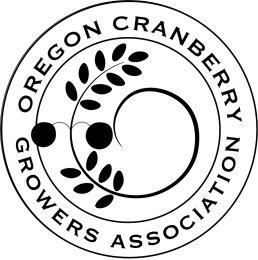It was found that soil texture had no influence on both types of nematode population growth. It was found that Northern root-knot nematodes that live inside of the roots thrived in acidic (low pH) soil more than alkaline (high pH) soil. It was found that soil pH had no effect on ring nematodes that live outside of the roots. Also generated was a computer model to automate nematode egg counting. These results will help generate parasitism risk maps, helping wine grape growers make better vineyard planting decisions, and will increase the speed with which scientists can identify plant parasitic nematode eggs.














